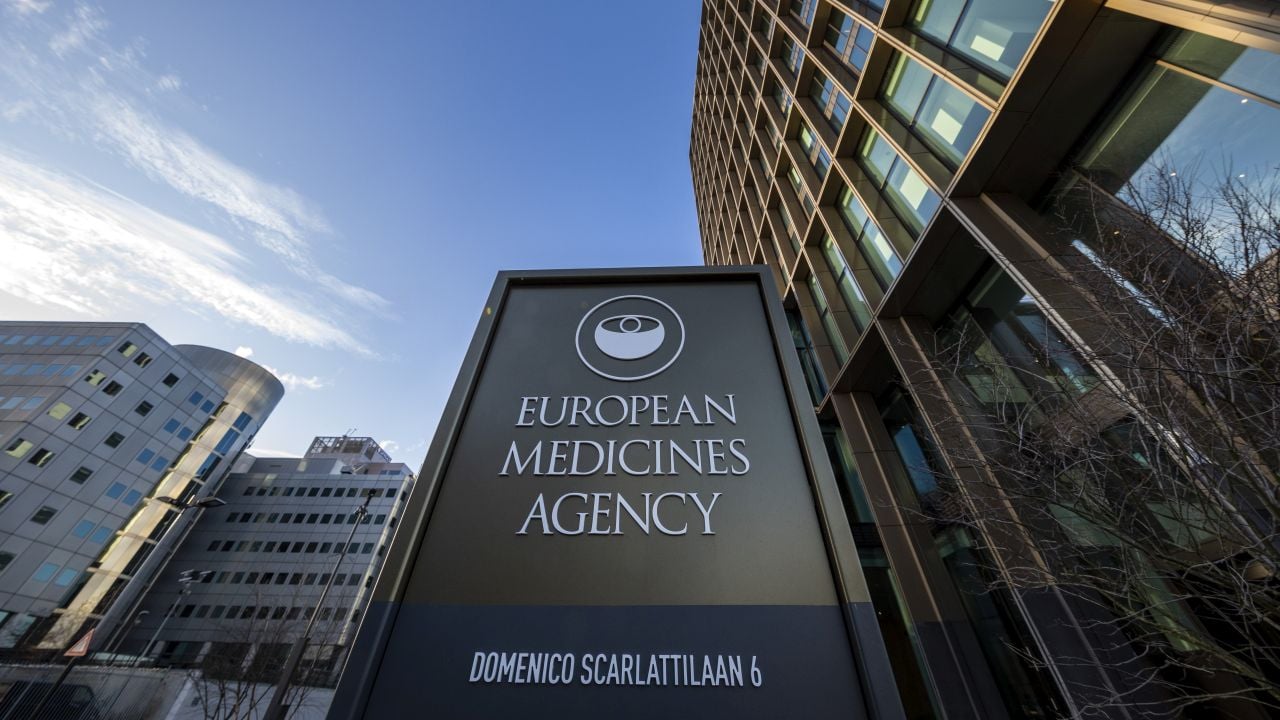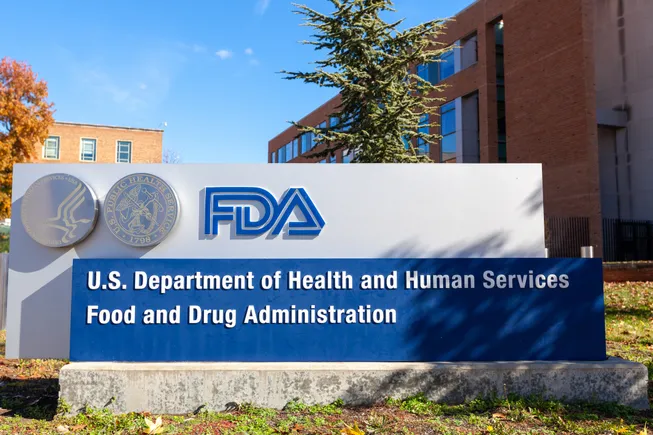Major Food Manufacturers Accelerate Artificial Color Removal
Key takeaways: Regulatory timeline and industry response: The FDA is eliminating petroleum-based synthetic dyes from U.S. food by the end of 2026, with General Mills and Kraft Heinz leading the […]


Key takeaways:
- Regulatory timeline and industry response: The FDA is eliminating petroleum-based synthetic dyes from U.S. food by the end of 2026, with General Mills and Kraft Heinz leading the transition by setting accelerated timelines that beat regulatory deadlines by 6+ months.
- Strategic frameworks over simple compliance: Both companies are treating this as competitive opportunity rather than regulatory burden — General Mills is removing certified colors from cereals by summer 2026 and entire portfolio by 2027, while Kraft Heinz uses a “3Rs” strategy (Remove, Replace, Reinvent) tailored to different product needs.
- First-mover competitive advantage: Companies already have strong positions (85% of General Mills’ and 90% of Kraft Heinz’s portfolios are already free of synthetic dyes), allowing them to focus resources strategically while positioning slower competitors as reactive rather than proactive.
While the FDA moves to eliminate petroleum-based synthetic dyes from the U.S. food supply by the end of 2026, industry giants General Mills and Kraft Heinz are setting the competitive pace with accelerated timelines and comprehensive transition strategies. Their proactive approaches signal a fundamental shift where early movers can capture market share from slower competitors.
The regulatory timeline starts with immediate revocation of Citrus Red No. 2 and Orange B, followed by elimination of six remaining synthetic dyes — FD&C Green No. 3, FD&C Red No. 40, FD&C Yellow No. 5, FD&C Yellow No. 6, FD&C Blue No. 1, and FD&C Blue No. 2 — by the end of next year.
To support industry transition, the FDA has fast-tracked approval of natural alternatives, recently authorizing Galdieria extract blue (from red algae), butterfly pea flower extract, and calcium phosphate, while accelerating review of additional natural color options.
General Mills sets the standard
General Mills has emerged as an industry pace-setter. The Minneapolis-based company announced plans to remove certified colors from all its U.S. cereals and all K-12 school foods by summer 2026 — a full six months ahead of the FDA deadline — and eliminate all certified colors from its entire U.S. retail portfolio by the end of 2027. With 85% of General Mills’ retail portfolio already free of certified colors, the company is leveraging an existing competitive advantage while positioning the transition as a natural evolution rather than regulatory scramble.
General Mills is framing the transition as innovation leadership rather than regulatory compliance, a distinction that could prove valuable in consumer perception and market positioning. “Across the long arc of our history,” said Jeff Harmening, the company’s chairman and CEO, “General Mills has moved quickly to meet evolving consumer needs, and reformulating our product portfolio to remove certified colors is yet another example.”
Their emphasis on maintaining product accessibility while improving formulations addresses a critical market dynamic. “We’re committed to continuing to make food that tastes great and is accessible to all,” Harmening noted, recognizing that successful transitions must balance health improvements with consumer acceptance and affordability — a challenge many manufacturers will face in this transition.
Kraft Heinz’s “3Rs” strategic framework
Kraft Heinz is mobilizing significant resources around what they call the “3Rs” strategy:
- Removing colors where they’re not critical to consumer experience
- Replacing FD&C colors with natural alternatives
- Reinventing new colors and shades where matching natural replacements aren’t available
This framework recognizes that different products require different approaches and that one-size-fits-all solutions won’t work across diverse product portfolios. The company also announced it will not launch any new products in the U.S. with FD&C colors, effective immediately — a decision that prevents future reformulation costs while signaling clear strategic direction to internal teams and external stakeholders.
Kraft Heinz also enters this transition from a position of strength: nearly 90% of the company’s U.S. products are already free of FD&C colors by net sales. Their iconic Heinz ketchup, for example, has never used artificial dyes, deriving its red color naturally from tomatoes. Similarly, Kraft Mac & Cheese eliminated artificial colors, preservatives, and flavors in 2016, demonstrating early success in natural reformulation. “We have made more than 1,000 recipe changes over the past five years to improve product nutrition,” said Pedro Navio, the company’s North America president.
This existing portfolio composition allows the company to focus resources on the remaining 10%, concentrated primarily in beverage and dessert categories including Crystal Light, Kool-Aid, Jell-O, and Jet-Puffed products.
Learning from the leaders
General Mills and Kraft Heinz have transformed regulatory compliance into competitive strategy, proving that proactive approaches to industry transitions can strengthen market position rather than merely maintain it. Their accelerated timelines, sophisticated operational frameworks, and strategic communication approaches provide blueprints for other manufacturers to overcome the complex color transition.
- First-mover advantage: As these industry leaders implement their strategies, other manufacturers face increasing pressure to match their timelines or risk appearing reactive rather than proactive.
- Portfolio assessment: General Mills and Kraft Heinz demonstrate the importance of comprehensive portfolio assessment before announcing timelines. Their confident commitments reflect thorough internal analysis of reformulation feasibility, supply chain capacity, and consumer acceptance risk.
- Innovation investment: The sophistication of both companies’ approaches — particularly Kraft Heinz’s “3Rs” framework — indicates that successful transitions require substantial innovation investment, not just ingredient substitution.
- Consumer communication: Both companies emphasize continuity and quality maintenance in their messaging, recognizing that successful transitions require consumer confidence. They position changes as improvements rather than compromises, a critical distinction for maintaining brand loyalty during reformulation.
In an era of increasing regulatory scrutiny of food ingredients, companies that anticipate and lead transitions rather than react to them will consistently outperform competitors who treat regulatory compliance as operational burden rather than strategic opportunity. The competitive advantage belongs to manufacturers who follow the General Mills and Kraft Heinz playbook: move early, invest comprehensively, and position proactively.

















































































































































